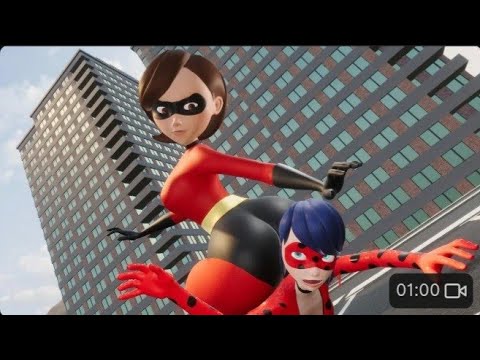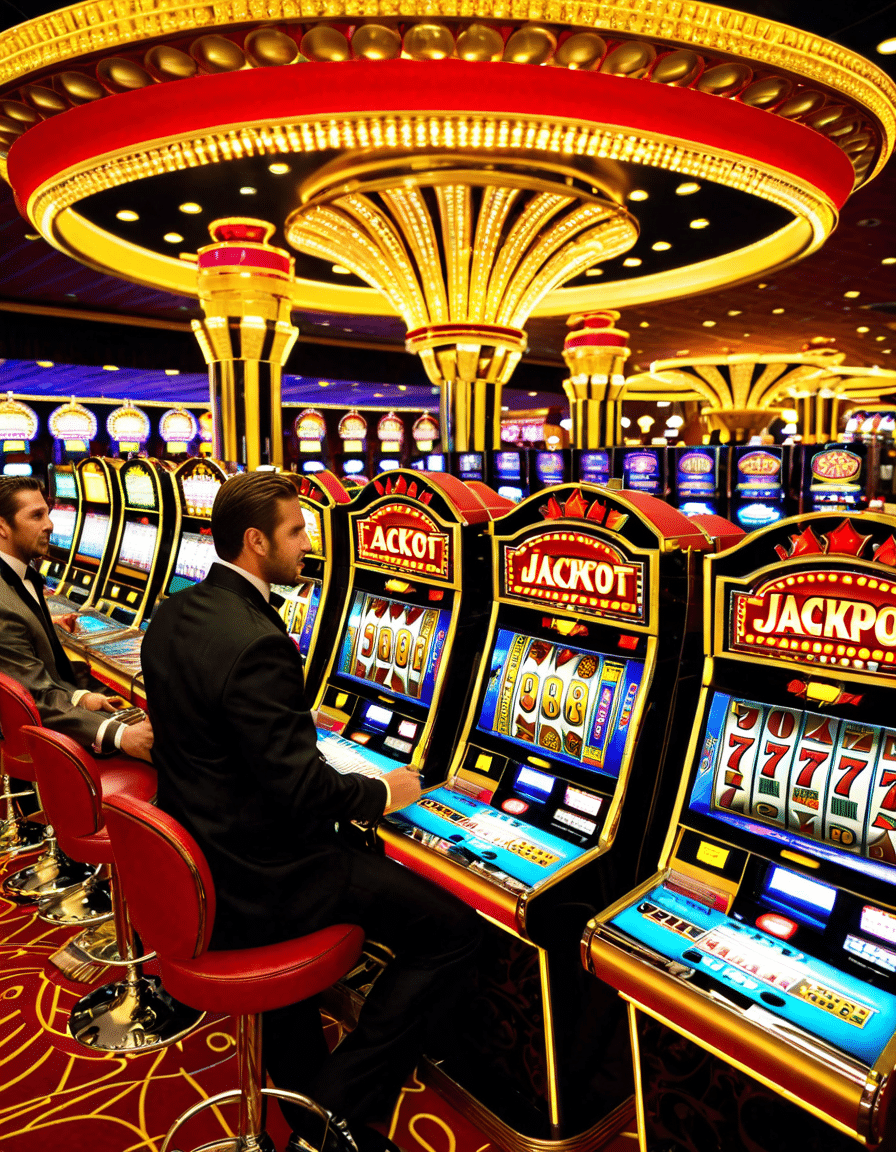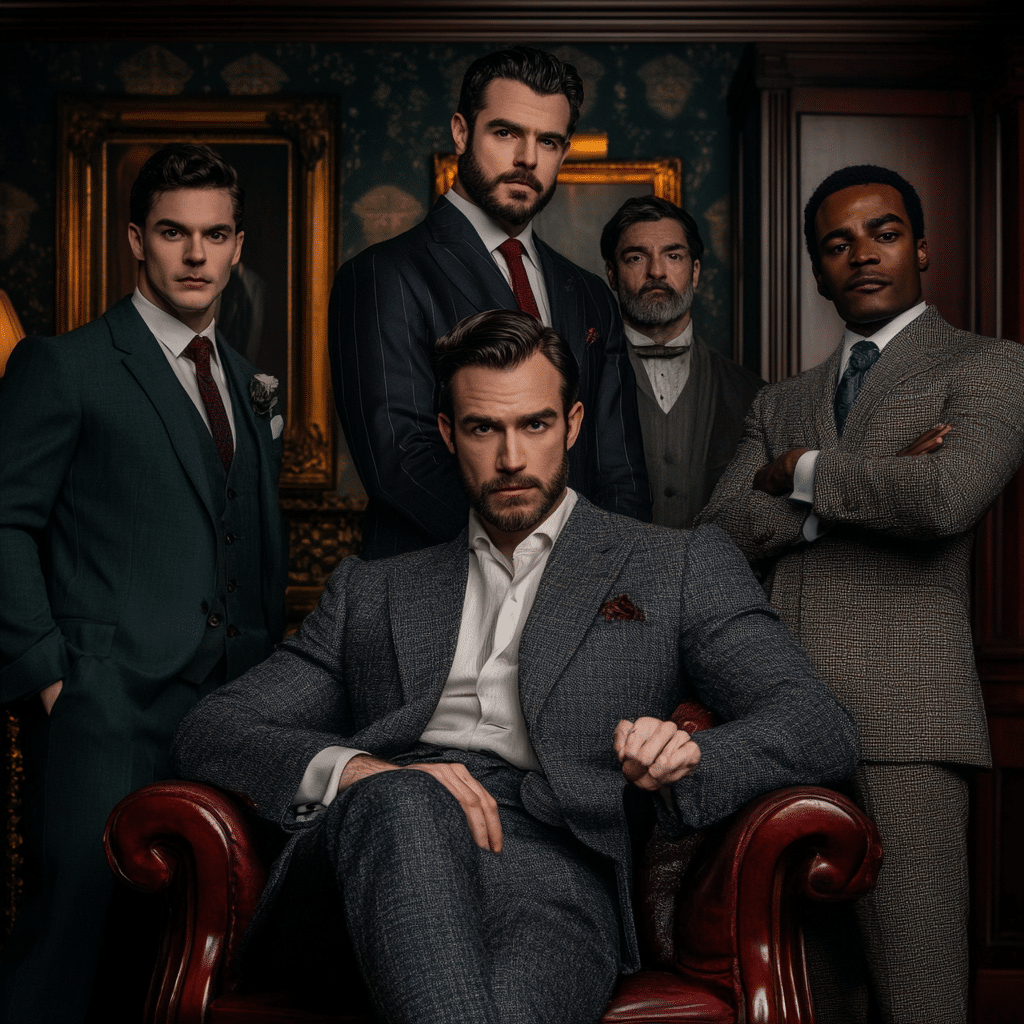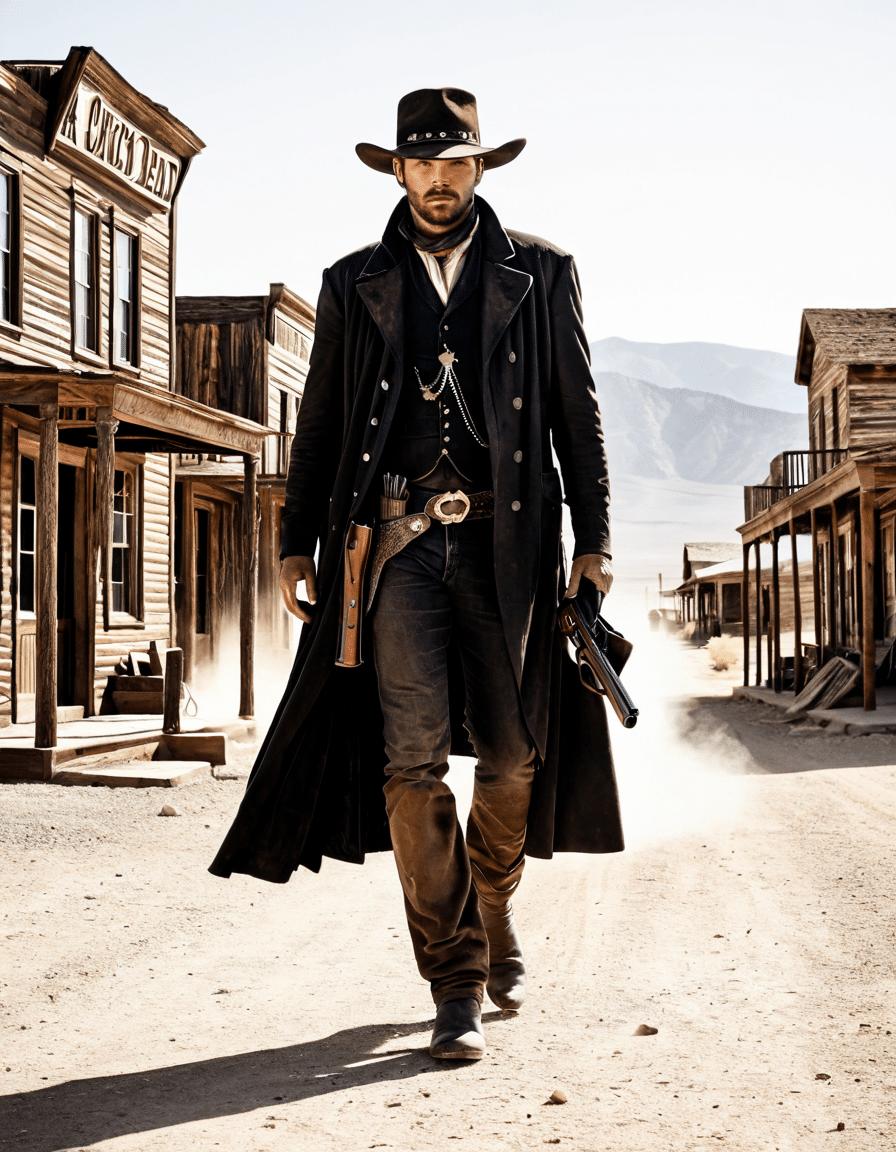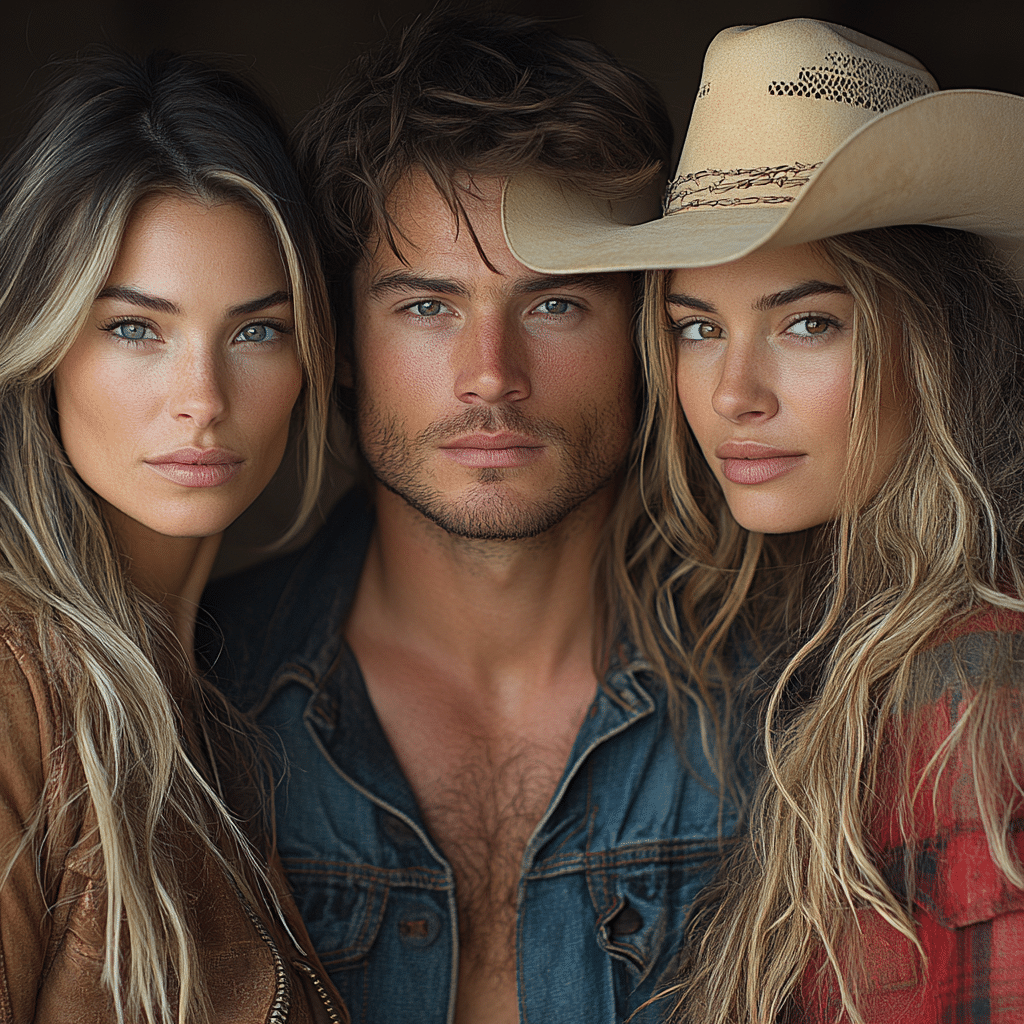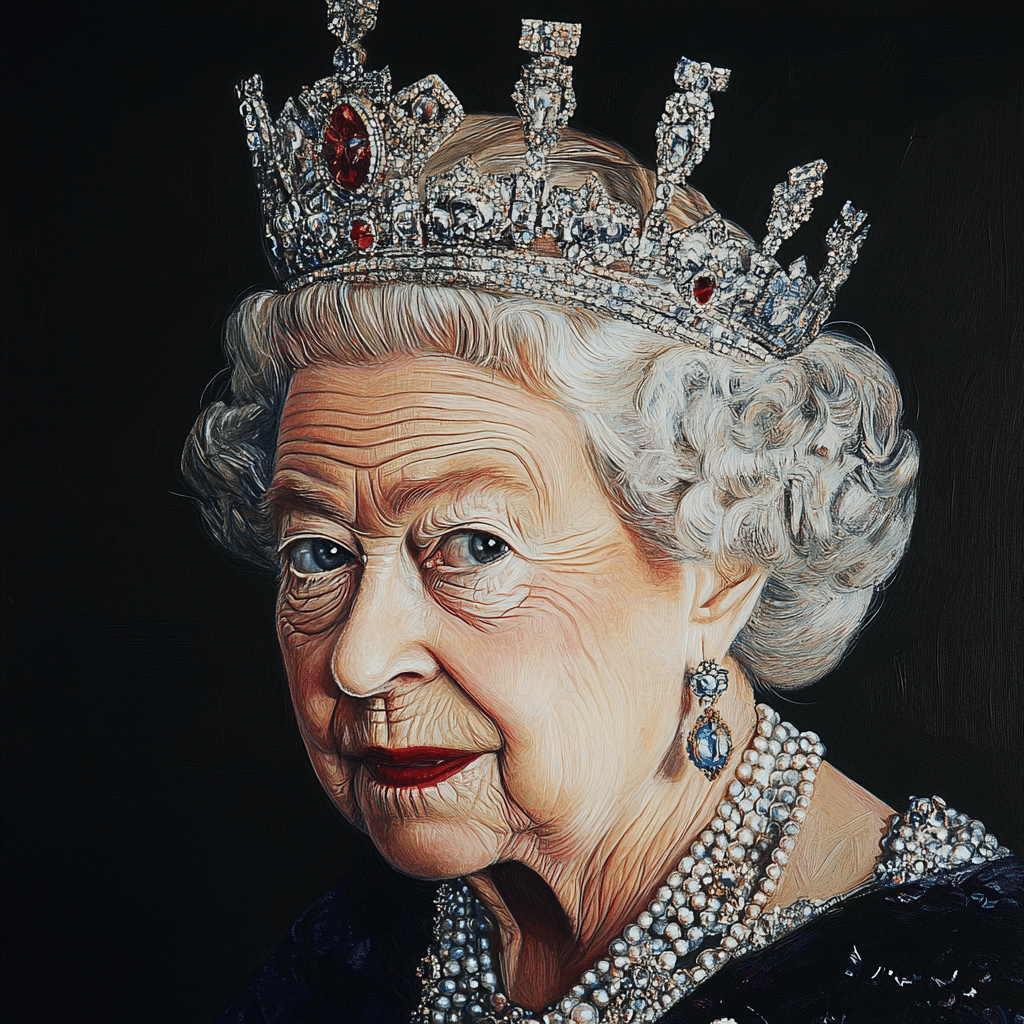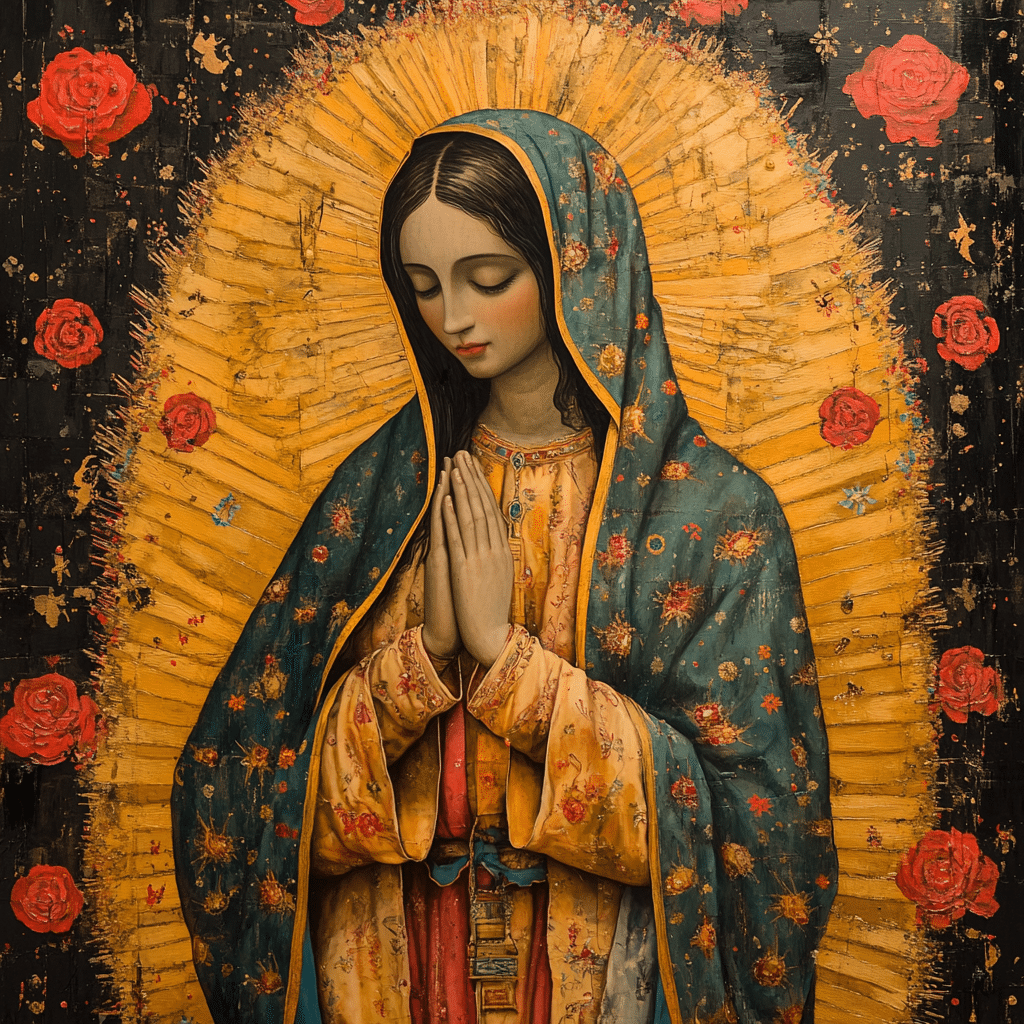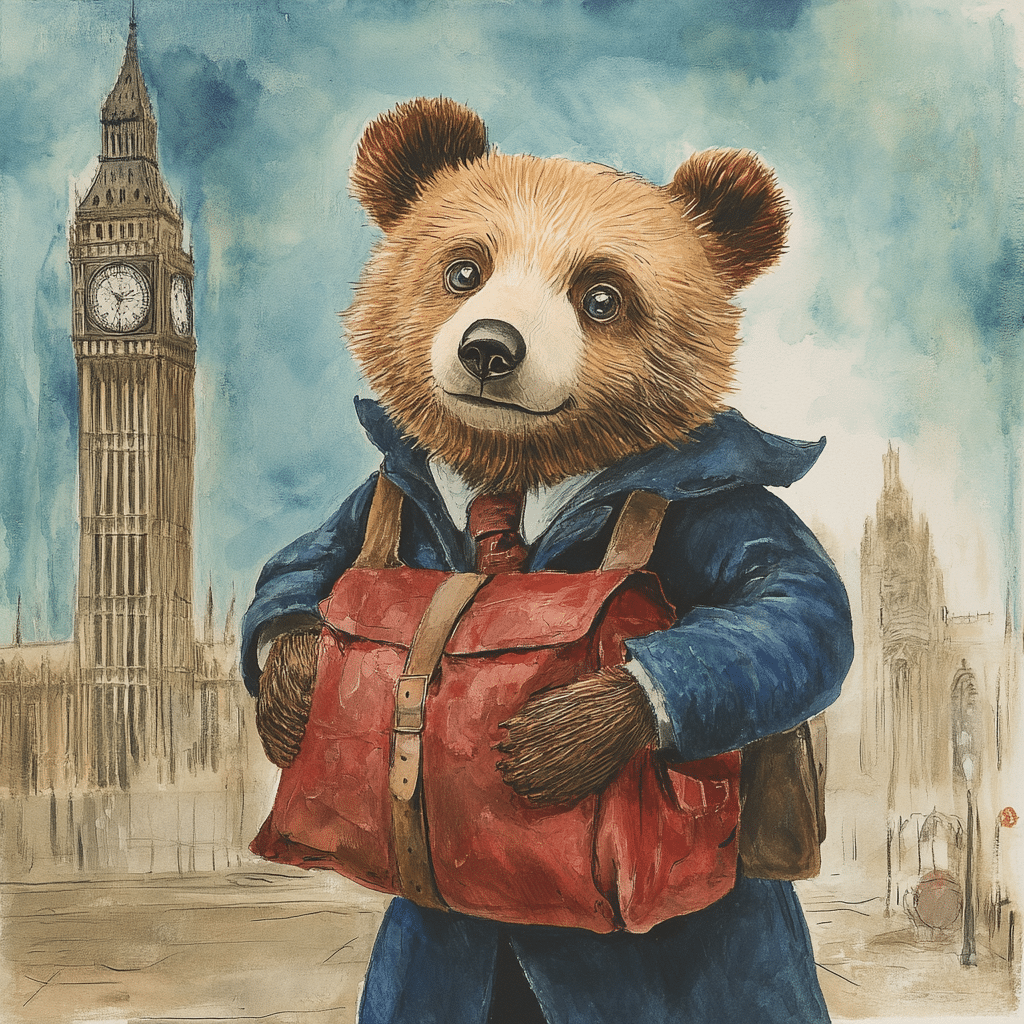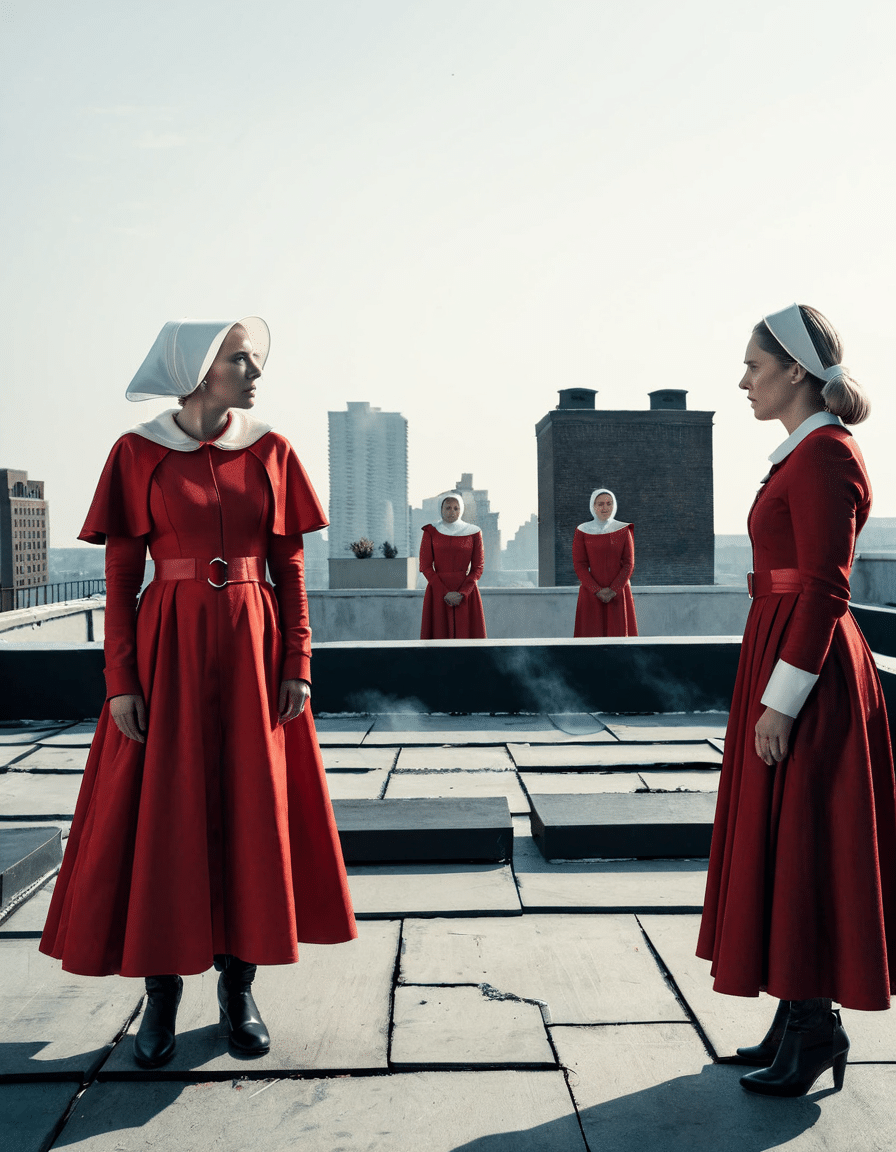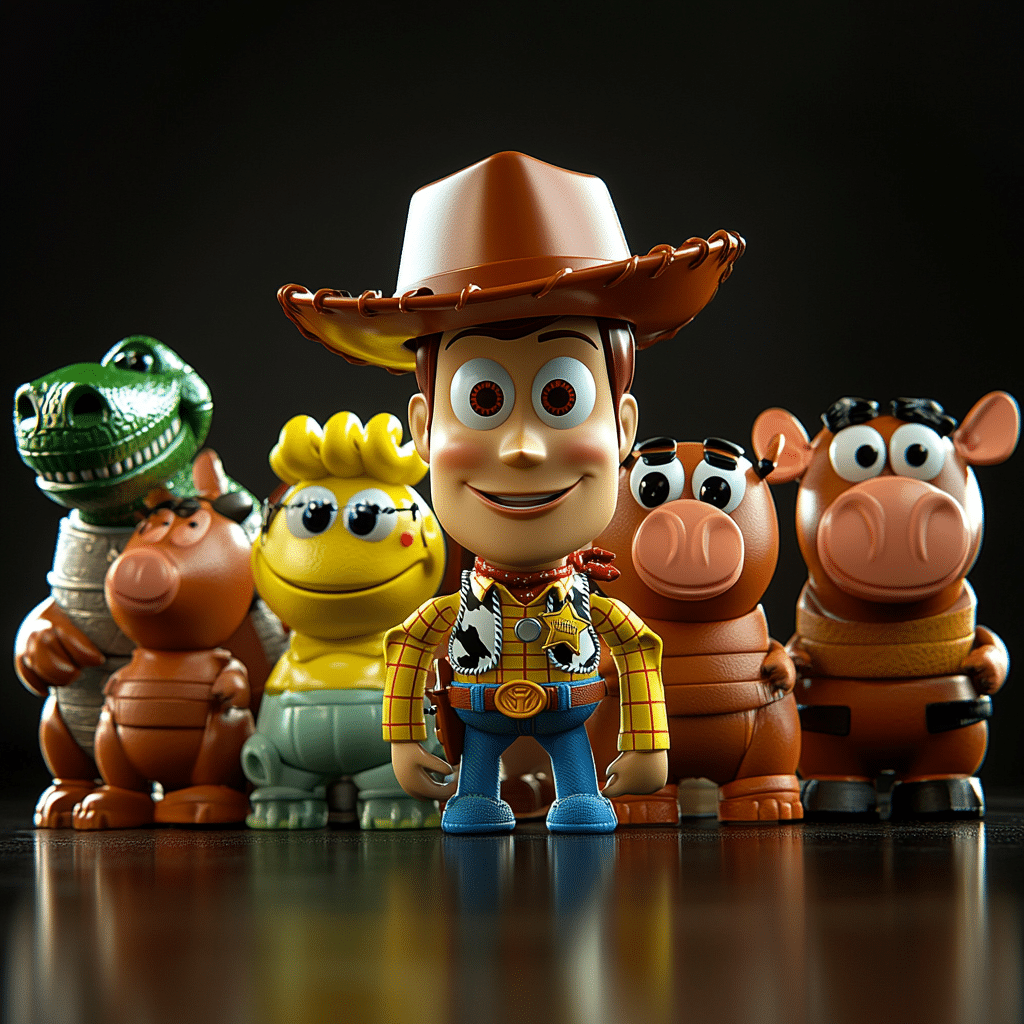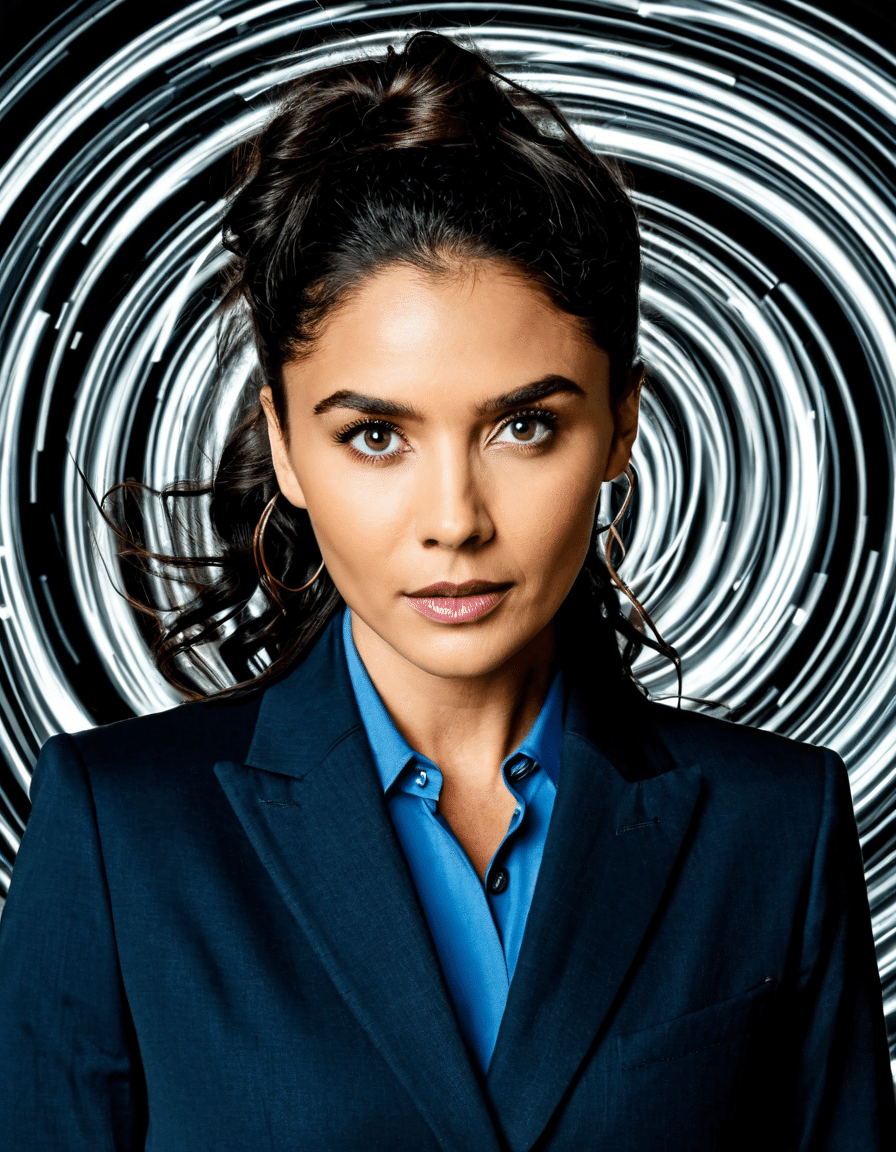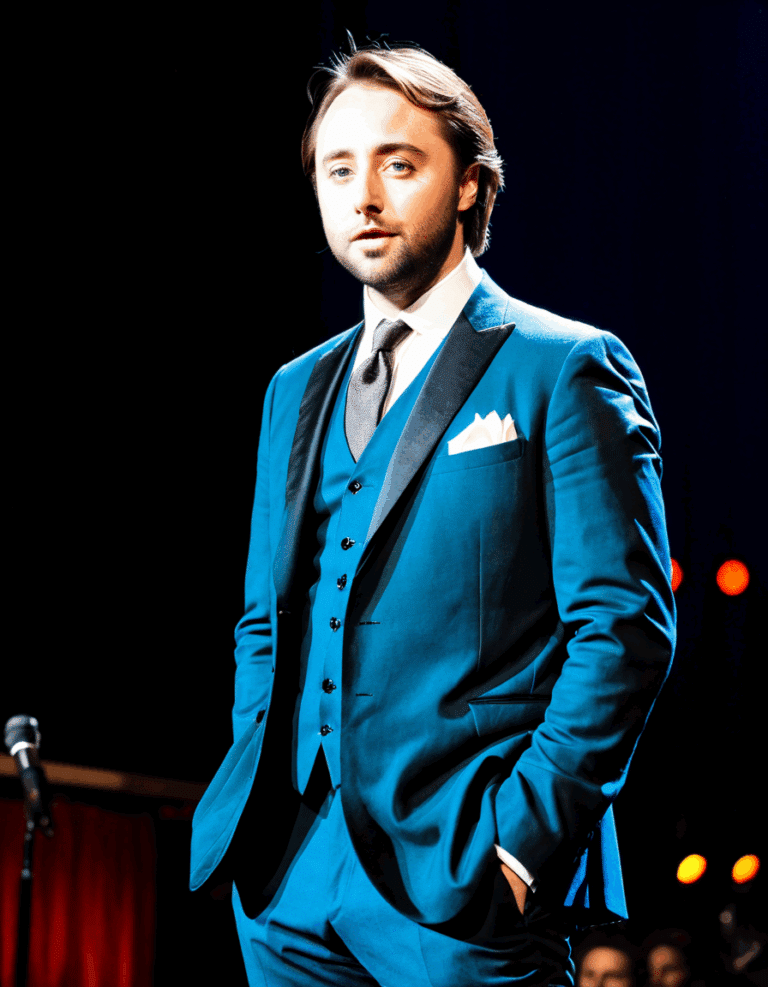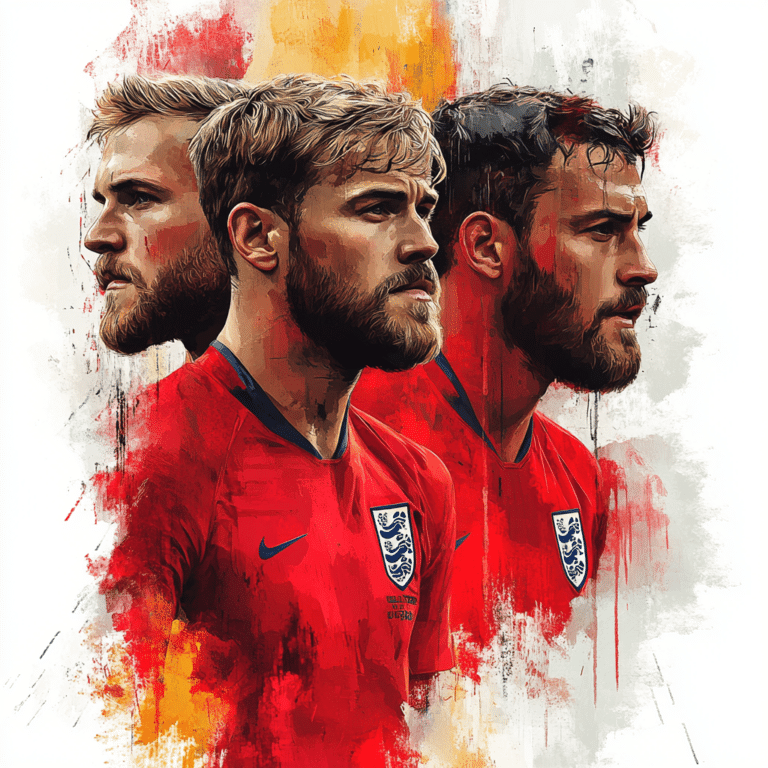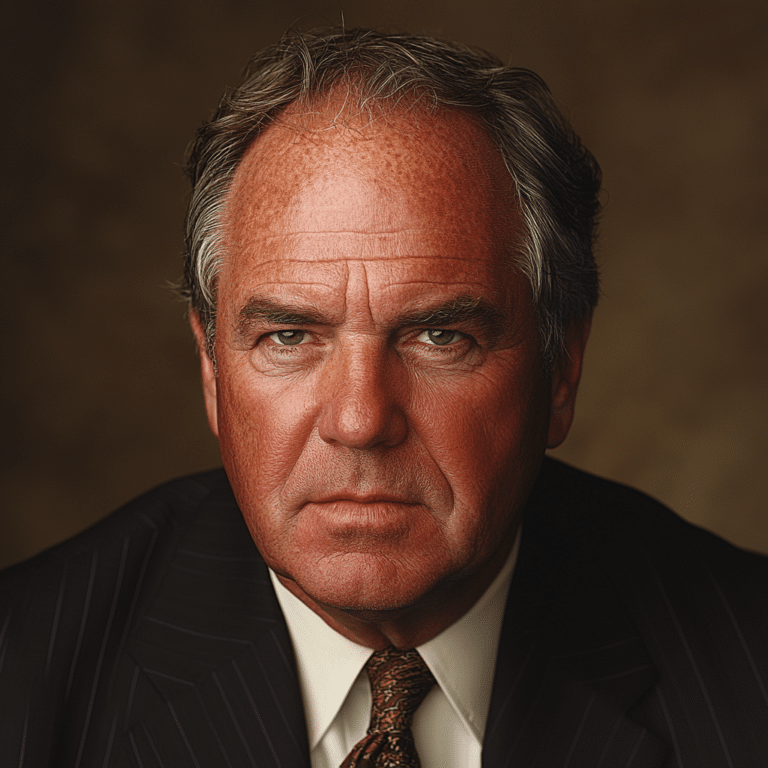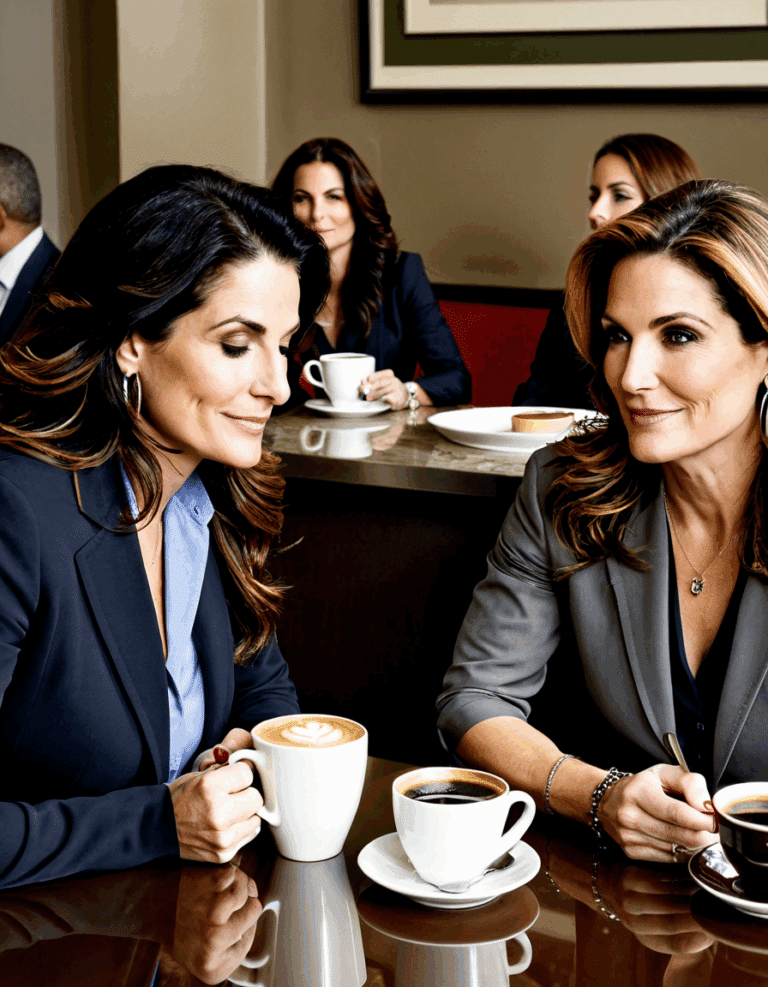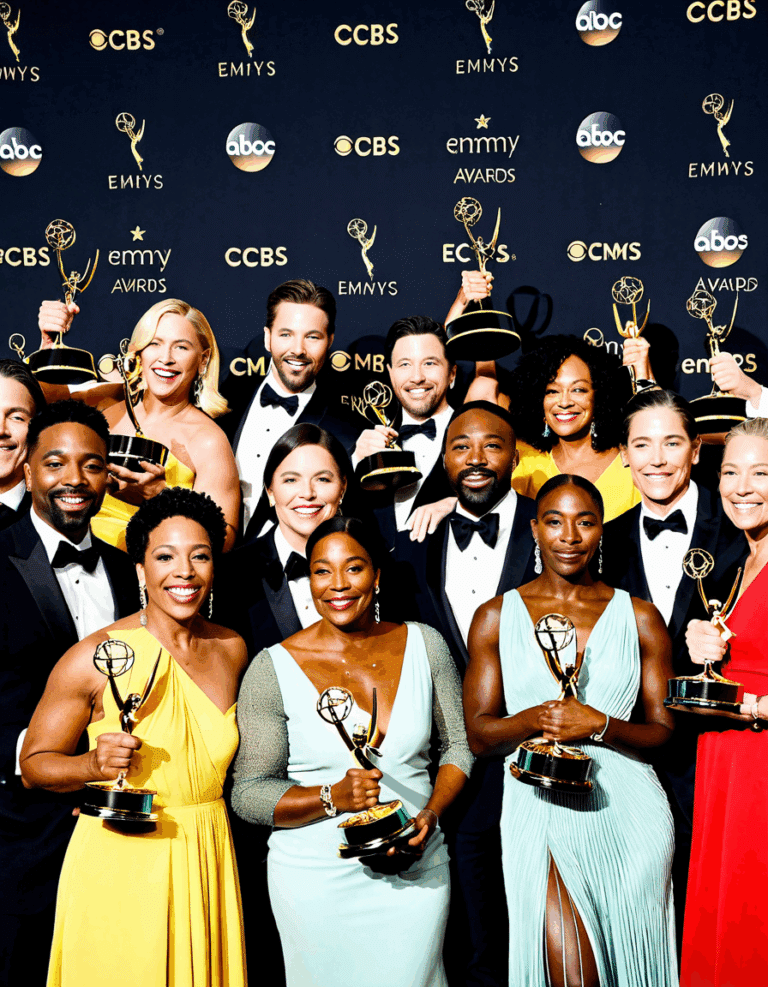“Kids,” released in 1995, is one of those films that gets under your skin. Directed by Larry Clark, with a screenplay crafted by Harmony Korine, this movie didn’t just push boundaries—it blew them sky-high. It dives deep into the sometimes messy waters of adolescence, sexuality, and substance abuse, portraying a scene of New York City teens that was raw and unfiltered. The film continues to ignite debates about the responsibility of filmmakers, with some praising its brutal honesty while others raise eyebrows at its portrayal of underage sex and drug culture.
The legacy of “Kids” isn’t just about its raw content—it’s about the conversation it sparked. When it hit theaters, folks were either shocked or deeply engaged, discussing everything from parental responsibilities to artistic expression. You wouldn’t have a film like “Euphoria” without “Kids” paving the way. It’s hard to believe that it’s been nearly three decades, yet the film’s portrayal of gritty teenage life continues to resonate, pushing us to examine how we depict youth on screen even today.
Now, let’s face it—”Kids” isn’t for the faint of heart. It’s a cultural touchstone that blends art with some serious controversies. Critics argued that this NC-17 rated movie, deemed inappropriate for a general audience due to “explicit sex, language, drug use, and violence involving children,” romanticized reckless behavior. In many ways, it’s a time capsule, holding a mirror to the complexity of growing up, exposing the shadows that can loom large over teenage life.
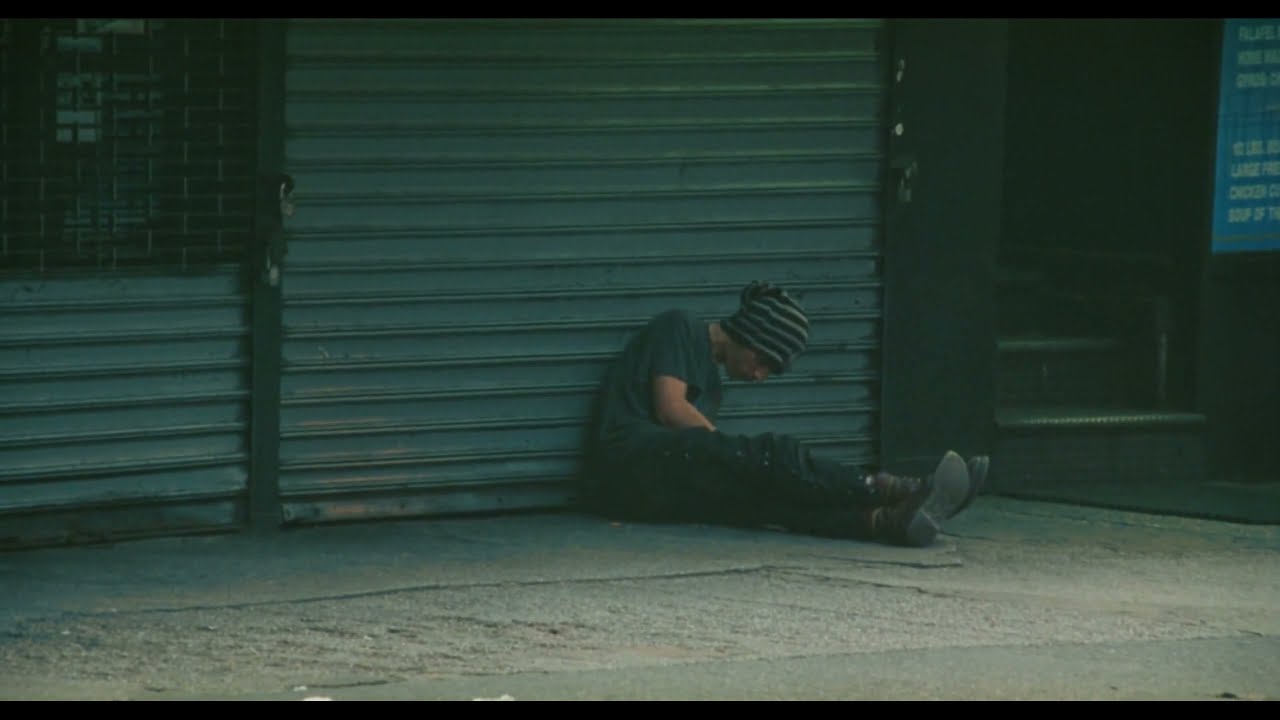
Top 5 Controversial Elements of Kids 1995 and Their Cultural Impact
While the entire film feels like a bold statement, here are five key elements that fueled the fire of its controversy and continue to shape film and youth culture.
1. Raw Depiction of Teenage Life
“Kids” threw back the curtain on the unvarnished realities of adolescence. Rather than sugarcoat it, Larry Clark and Harmony Korine opted for a depiction drenched in grit. The raw cinematography and real-deal storytelling told stories many had experienced yet few had seen on screen. This genuine representation influenced filmmakers after it, steering them toward darker themes and pushing the envelope for honesty in film.
2. The Role of Real Youth in the Cast
A key element contributing to the film’s veracity was its cast. Clark chose real teenagers, sans acting experience, pulling them straight from life on the streets. This decision paid off, making the performances feel genuinely relatable. It paved the way for films adept at capturing true teenage voices, leading to projects like “Eighth Grade” and “Mid90s,” both of which deliver authentic narratives grounded in real experiences.
3. Sexuality and Underage Relations
The portrayal of underage sexual encounters challenged traditional moral codes in cinema. While “Kids” has been criticized for glamorizing risky behavior, it also opened the floodgates for crucial discussions surrounding sexual education and teenage relations. The themes explored continue to resonate in modern narratives, echoing in shows like “Euphoria,” which navigates similar waters with a contemporary lens.
4. The Soundtrack’s Cultural Relevance
Let’s be real: the music in “Kids” isn’t just an extra; it’s a character in its own right. The soundtrack, featuring iconic bands like The Velvet Underground and The Beastie Boys, injected the film with a rebellious spirit. This marriage of sound and vision not only highlighted the emotional heft of the film but also influenced the aesthetics of independent music at the time. It’s hard to forget how the mid-’90s were colored by this gritty alt-rock vibe.
5. Representation of Drug Culture
“Kids” didn’t shy away from showcasing drug use among teens, reflecting the real-world issues many were grappling with in urban America. Discussions around addiction were ignited, leading to ongoing conversations that have not only persisted in cinema but also echoed through series like “Breaking Bad” and films like “Requiem for a Dream.” The film’s candid approach to substance abuse paved the way for more nuanced portrayals in the years to come.
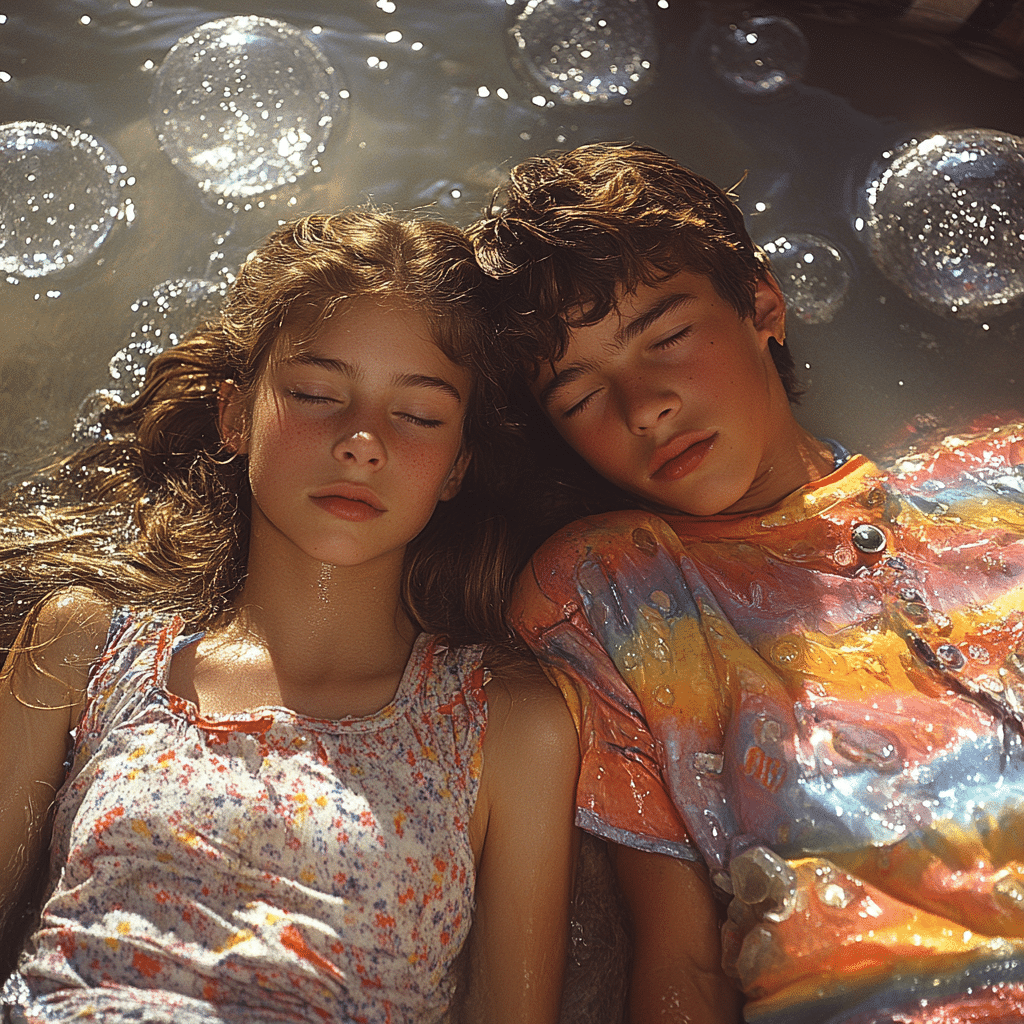
Kids 1995 in the Context of Contemporary Cinema
Fast forward to today, and the fingerprints of “Kids” are everywhere in contemporary filmmaking. Independent films have picked up the torch, creating candid narratives that tackle complex themes head-on. Take “The Florida Project” or “Call Me by Your Name,” both of which echo the emotional honesty seen in “Kids.” Filmmakers now often adopt a documentary-style aesthetic, merging fiction and reality, and this all sprouted from the fertile ground “Kids” planted back in ’95.
Moreover, the legacy of “Kids” isn’t just about shock value but about encouraging creators to tell stories that resonate with the messy reality of youth. Filmmakers today are much more willing to tackle taboo topics, thanks in part to the path carved out by Clark and Korine.
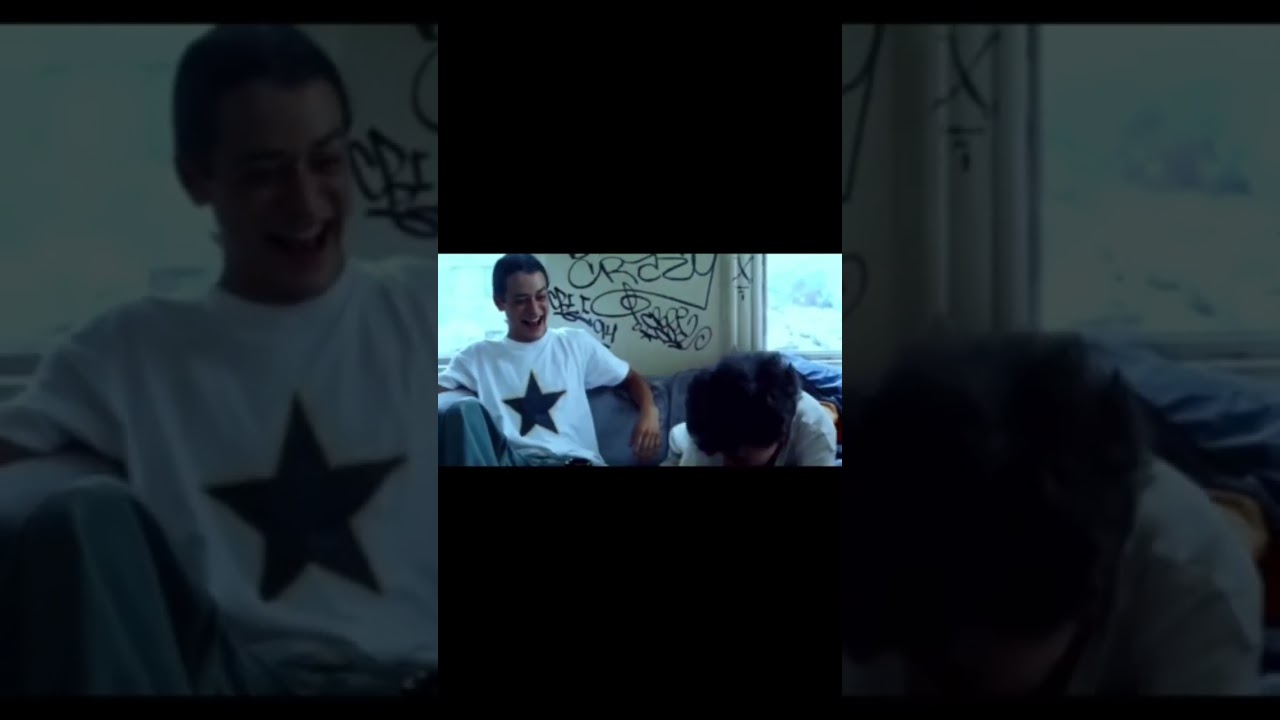
The Lasting Effect: Kids 1995 vs. Modern Youth Films
If we draw lines between “Kids” and today’s youth films, we can see a fascinating evolution in storytelling. While “Kids” offered an unflinching portrayal of teenage angst and recklessness, recent films like “Lady Bird” and “Booksmart” introduce humor and a lighter touch. They broach similar themes of identity and societal pressures while showcasing the growth and shifts in youth culture.
Yet, beneath this surface-level humor, the essence of exploring teenage struggles remains alive and well. Films of today carry on the legacy of tackling serious issues, ensuring that “Kids” continues echoing through the corridors of cinema history.
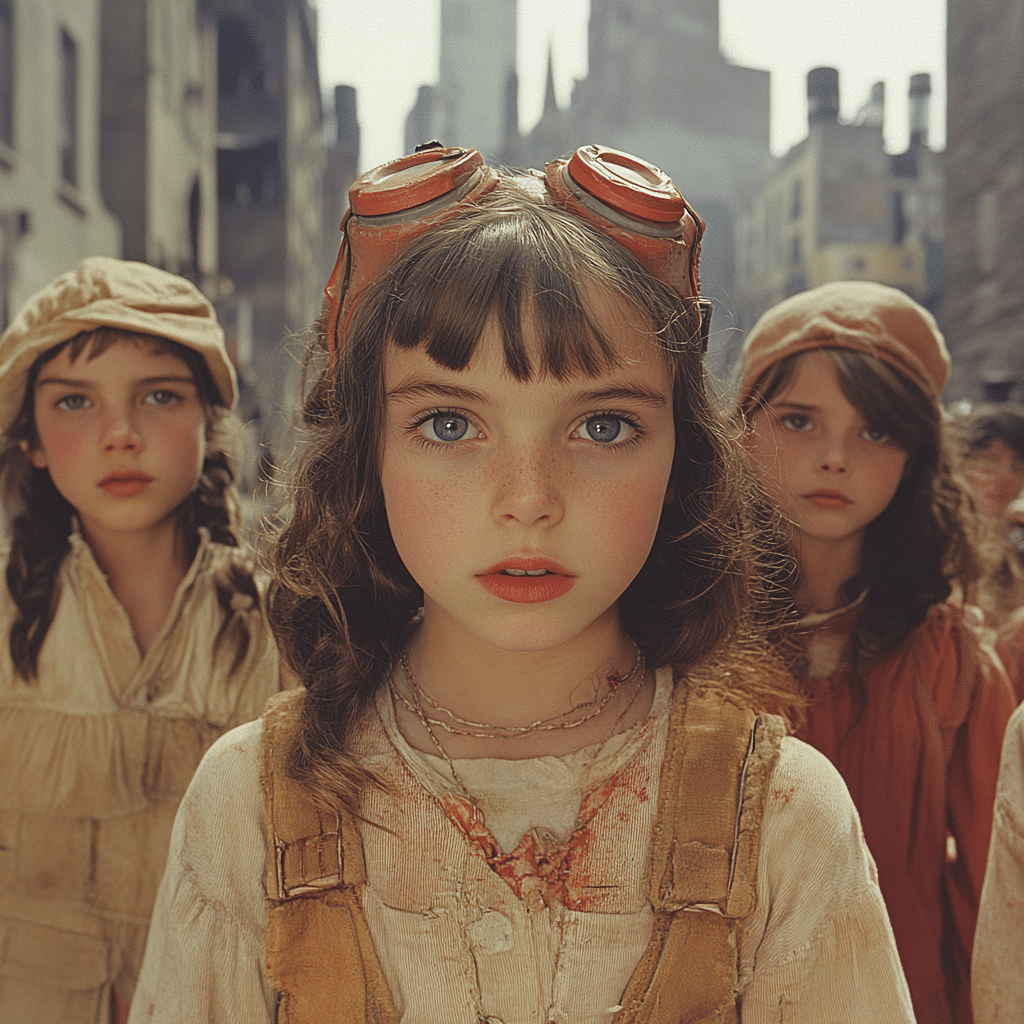
The Unseen Impact: Kids 1995 and Its Reflection on Youth Today
In contrast to the often hyper-sexualized imagery found in “Naughty America” style productions, “Kids” maintained a more realistic and sometimes brutal dialogue regarding teenage life. This portrayal has led to a yearning for authenticity among today’s youth, pushing creators to deliver genuine narratives.
“Kids” remains vital, reminding us that real stories can invigorate dialogue and reflect social truths. It challenges viewers and creators alike to confront the realities of adolescence without shielding away from the difficult aspects that shape young lives. This brave, unfiltered insight is what keeps the legacy of “Kids” alive, echoing in works that inspire the generations to come.
In conclusion, “Kids” isn’t just a film; it’s a cultural phenomenon that continues to resonate, encouraging us to reflect, discuss, and create bold cinema that dares to explore the breadth of youth experiences. Whether you’re revisiting it for the first time or catching new films that draw from its legacy, the conversation it sparks remains as vital, if not more so, today as it did back in 1995.
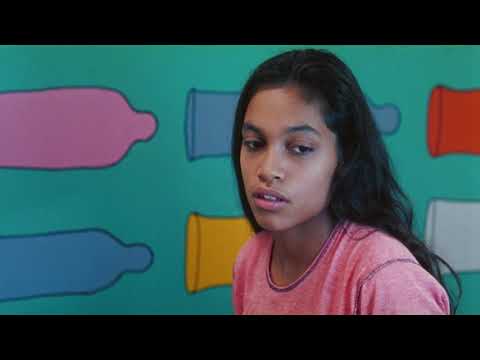
Kids 1995: A Look at the Controversial Film’s Impact
Unraveling the Controversy
The film Kids (1995) caused quite a stir when it hit theaters, mainly due to its raw portrayal of teenage life and its unflinching look at issues like drug use and sex. This gritty narrative was a significant departure from standard coming-of-age films, which often opt for a more sanitized portrayal of adolescence. Speaking of bold storytelling, it’s worth checking out the striking aesthetic and themes of Saltburn, another film that isn’t shy about pushing boundaries; you can find out more about this unique flick in our Saltburn Explained section.
Now, let’s take a peek behind the scenes. The filming took place primarily in New York City, a vibrant backdrop that added depth to the narrative. Interestingly, the cast, featuring notable actors like Chloë Sevigny, were mostly unknown at the time. Chloë later starred in Emerald Fields, a project that showcased her versatility after her breakout role. If you’re curious about her later projects, our Will Forte Movies And tv Shows page has a complete list worth perusing!
Cultural Impact and Legacy
Despite—or perhaps because of—its controversies, Kids opened the door for a wave of more honest storytelling in film. Its frank discussions about teen sexuality and drug culture continue to resonate, influencing a generation of filmmakers. A notable comparison can be made to today’s trends in cinema, like the exploration of privilege and morality seen in Saltburn; feel free to catch the gripping visuals with the Saltburn trailer.
Moreover, some might not realize that the film unfolded as a sort of time capsule for the era’s youth culture. Think about it: the iconic 2004 Chevy silverado might’ve sold like hotcakes back then, portraying just how different transportation options are now compared to the ’90s. A similar nostalgia is running rampant with the popularity of quirky items, like the Lovesac bean bag, that have made a comeback in modern homes.
In conclusion, Kids 1995 is more than just a film; it’s a powerful commentary that reflects the trials and tribulations faced by young people. Its legacy continues to spark discussions, connecting those who experienced the ’90s with new viewers. So, whether you’re revisiting this iconic film or diving into discussions around its impact, remember it remains as relevant today as it was back then.
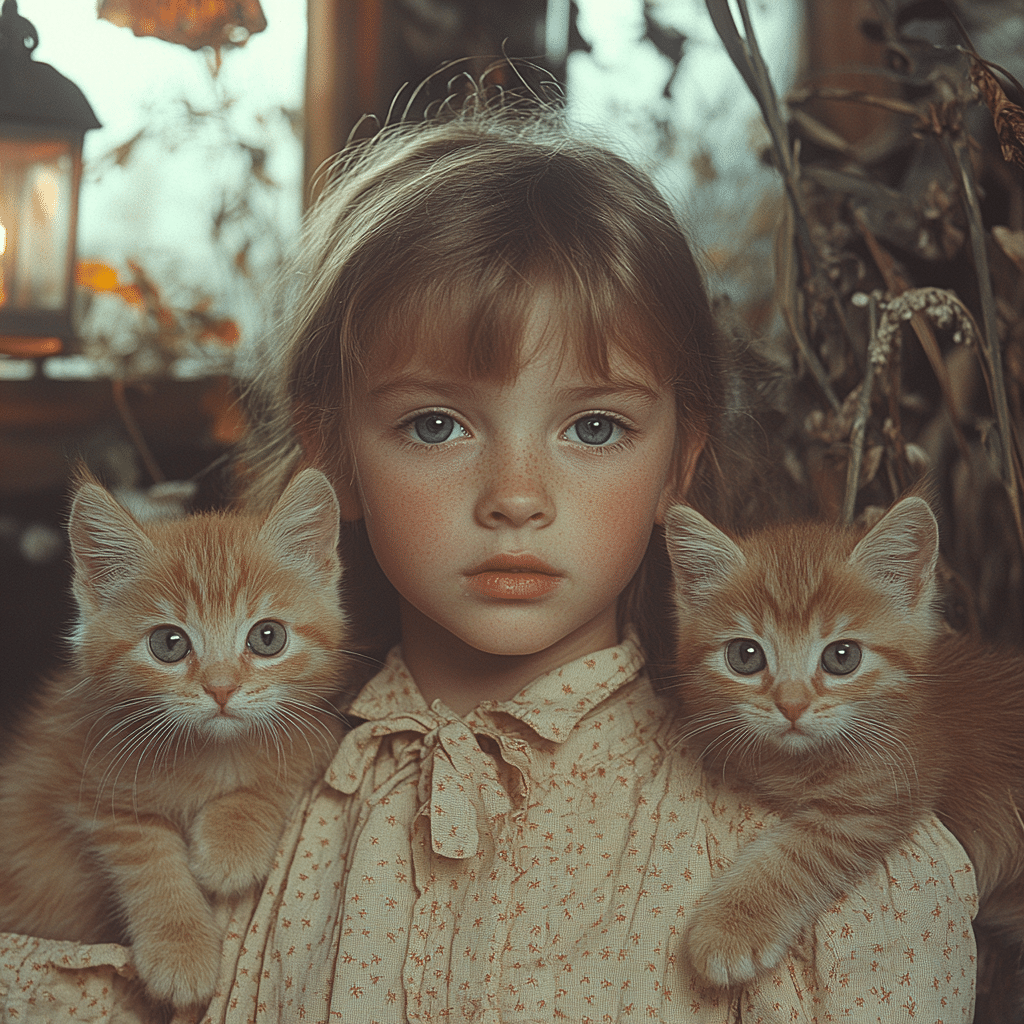
How old was Rosario Dawson in Kids?
Rosario Dawson was 15 years old when she filmed Kids.
Why is Kids 1995 rated NC-17?
Kids got its NC-17 rating due to explicit depictions of sex, strong language, drug use, and violence involving underage characters.
How old was Harmony Korine when he wrote Kids?
Harmony Korine was just 19 when he wrote the screenplay for Kids.
How old was Sarah Henderson in the movie Kids?
Sarah Henderson was 17 years old when she played the role of Telly’s girlfriend in Kids.
Did Rosario Dawson have a baby?
Yes, Rosario Dawson has a daughter.
What is Rosario Dawson most famous for?
Rosario Dawson is most famous for her roles in films like Rent and Sin City, and she’s known for her activism in various social issues.
Can a 15 year old watch NC-17?
No, a 15-year-old can’t watch an NC-17 movie; it’s meant for adults only.
Is NC-17 above Rated R?
Yes, NC-17 is a step above Rated R, as it contains content that’s even more explicit than what’s allowed in an R-rated film.
What is We Were Once Kids about?
We Were Once Kids is a documentary that explores the impact of the film Kids on its cast and crew and reflects on their lives since the movie was made.
Is the Beach Bum a true story?
The Beach Bum is not a true story but rather a fictional narrative inspired by the eccentric lifestyle of its main character, played by Matthew McConaughey.
How did Larry Clark and Harmony Korine meet?
Larry Clark and Harmony Korine met when Clark was scouting for talent, and he discovered Korine’s writing, leading to their collaboration on Kids.
Who played Casper in Kids?
The character Casper in Kids was played by actor Justin Pierce.
Where was the Henderson kids filmed?
The Henderson Kids was filmed in various locations in Australia, particularly in and around Sydney.
How old is Carrie Pilby in the movie?
Carrie Pilby, in the movie of the same name, is 19 years old.
How old is the kid in the movie Big?
In the movie Big, the character played by Tom Hanks starts off as a 12-year-old boy.

